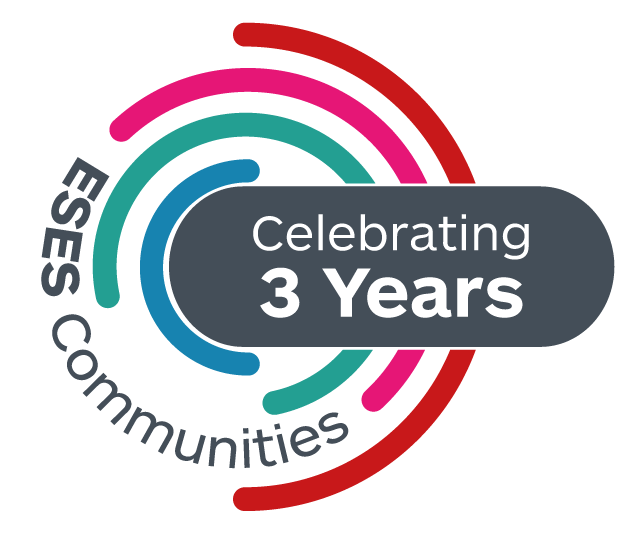Ayton Auld Kirk

Ayton Heritage
Description
The local community is keen to preserve the ruins of the historically important Auld Kirk (also known as St Dionysius) which dates from the 11th century. It is completely covered in thick-stemmed ivy which volunteers have removed as far as possible from ground level. It is required to employ professional help to remove the ivy from the higher parts and prevent re-growth.
Following a public meeting in June 2019, which was supported by 30 Ayton residents, it was decided to set up an organisation whose purpose is to preserve the cultural heritage (both tangible and intangible) of Ayton and district through the following means.
1 Conservation of any building, structures or item which provides a link to the past.
2 Researching and promoting the history of any heritage related items.
3 Recording findings in a manner which makes them accessible in the future.
4 Making knowledge gained accessible for educational purposes.
5 Providing the opportunity of training for volunteers in techniques required to carry out the above.
The organisation became a registered charity in 2019 as a Scottish Charitable Incorporated Organisation (SCIO). It currently has 42 volunteers and is working under guidance from the Historic Environment Scotland “Adopt a Monument” scheme run by Archaeology Scotland.
The St Dionysius Project
The project currently in hand is the preservation of the old kirk ruin which was the parish church until 1867 although the site dates back to the 12th century or earlier. The kirk was known as St Dionysius Chapel.
It is a historically important site, being the location for several treaties signed between Scotland and England during the 14th and 15th centuries.
It has been neglected for many years and is heavily covered in ivy which threatens its future stability. Volunteers removed much of the ivy up to head height but much remains above that level.
Photographs below show the deterioration in the ruin between 1961 and 2019. Each pair is taken from the same location.

Work done to date
Local fundraising provided funds to employ a conservation architect to carry out a full survey of the ruin and make recommendations for preservation work required.
Funds were also raised to carry out an ecological survey which looked for bats and bird nesting.
Volunteers have spent over 200 hours cutting ivy as far as could be reached from ground level. A short video of work in progress can be seen here.
Further information can be found at the website https://www.aytonhistory.com/
Next steps
It has proved difficult to raise enough funding to complete the preservation at one time, so a phased approach is being taken.
Phase 1: Remove all ivy and prevent re-growth (estimated at £3,500)
Phase 2: Provide information boards explaining the history of the ruin (estimated at £3000)
Further phases involving consolidation of the stonework in different parts of the ruin as funds become available
Phase 3: Bell tower and south transept (estimated at £88,000)
Phase 4: Nave (estimated at £109,000)
Phase 5: Remaining parts.
Support required for phase 1
-
Cutting the ivy and poisoning to prevent further growth will be done by professionals.
- Access to the higher parts of the structure will require scaffolding or cherry picker.
- Protective fencing will be required to prevent public access while work is in progress.
Either donations towards these costs or actual provision of them would be appreciated.
Support required for phase 2
For the provision of information boards, either funding or graphic services and information board manufacture would be appreciated.
